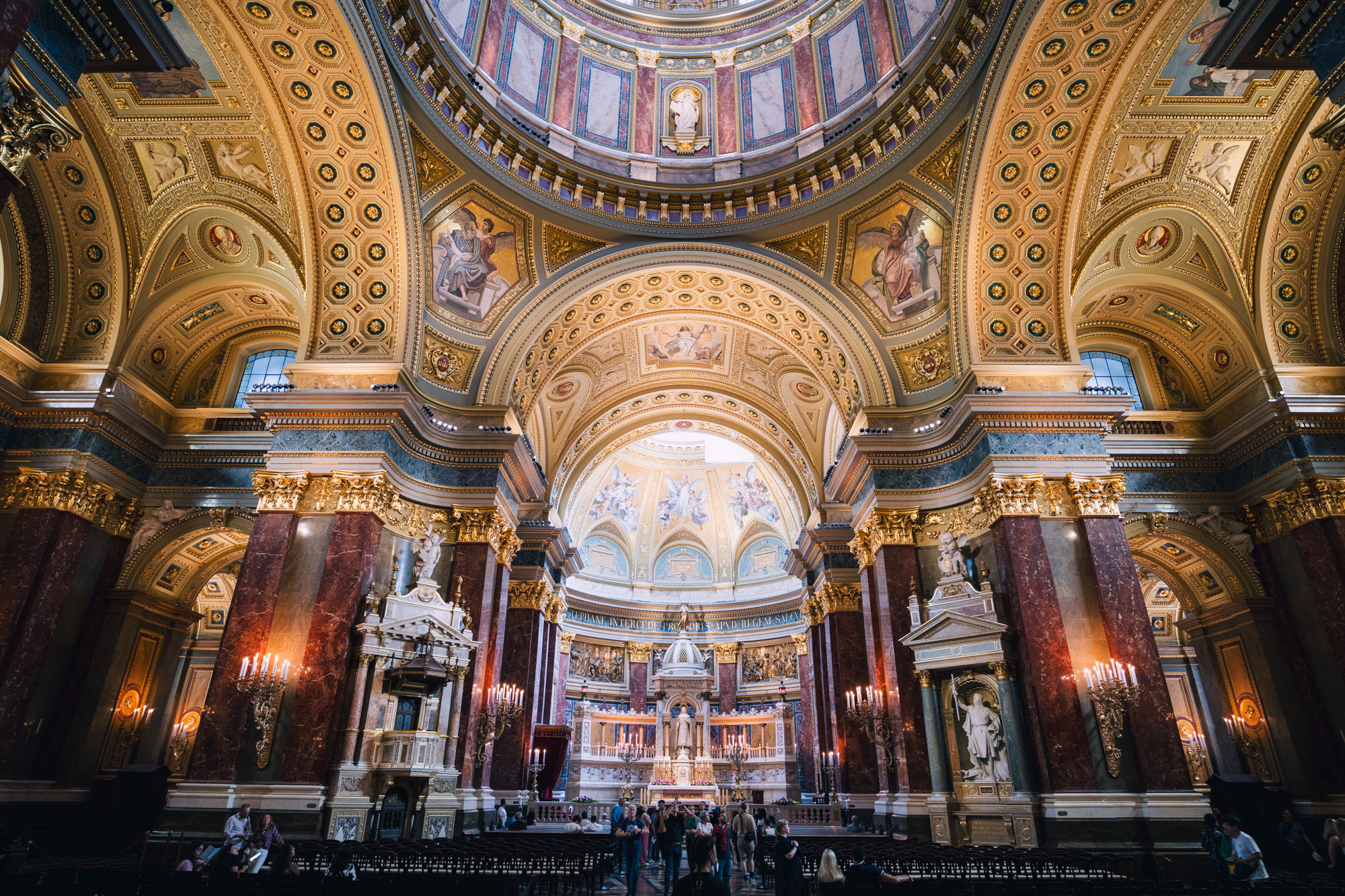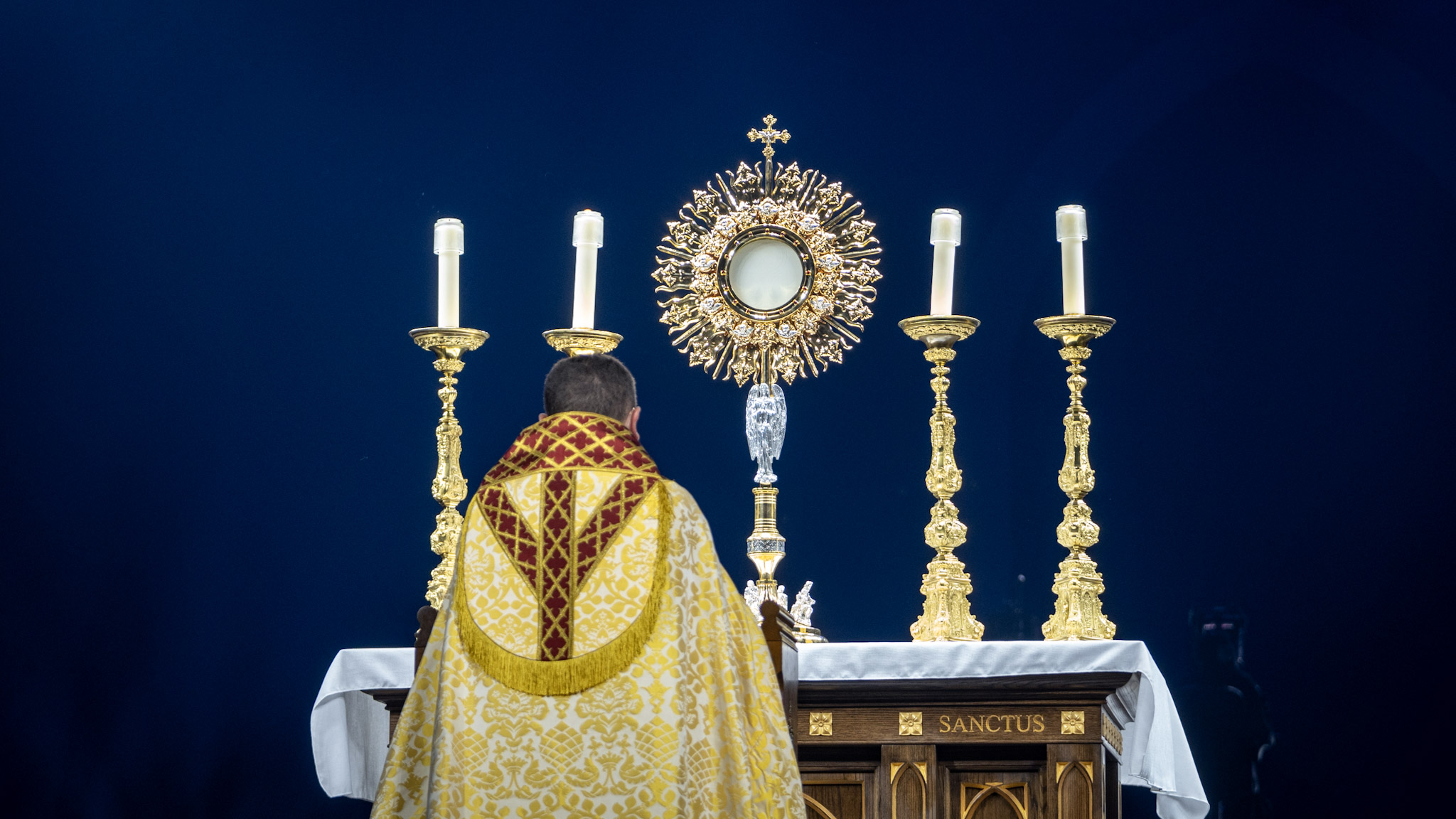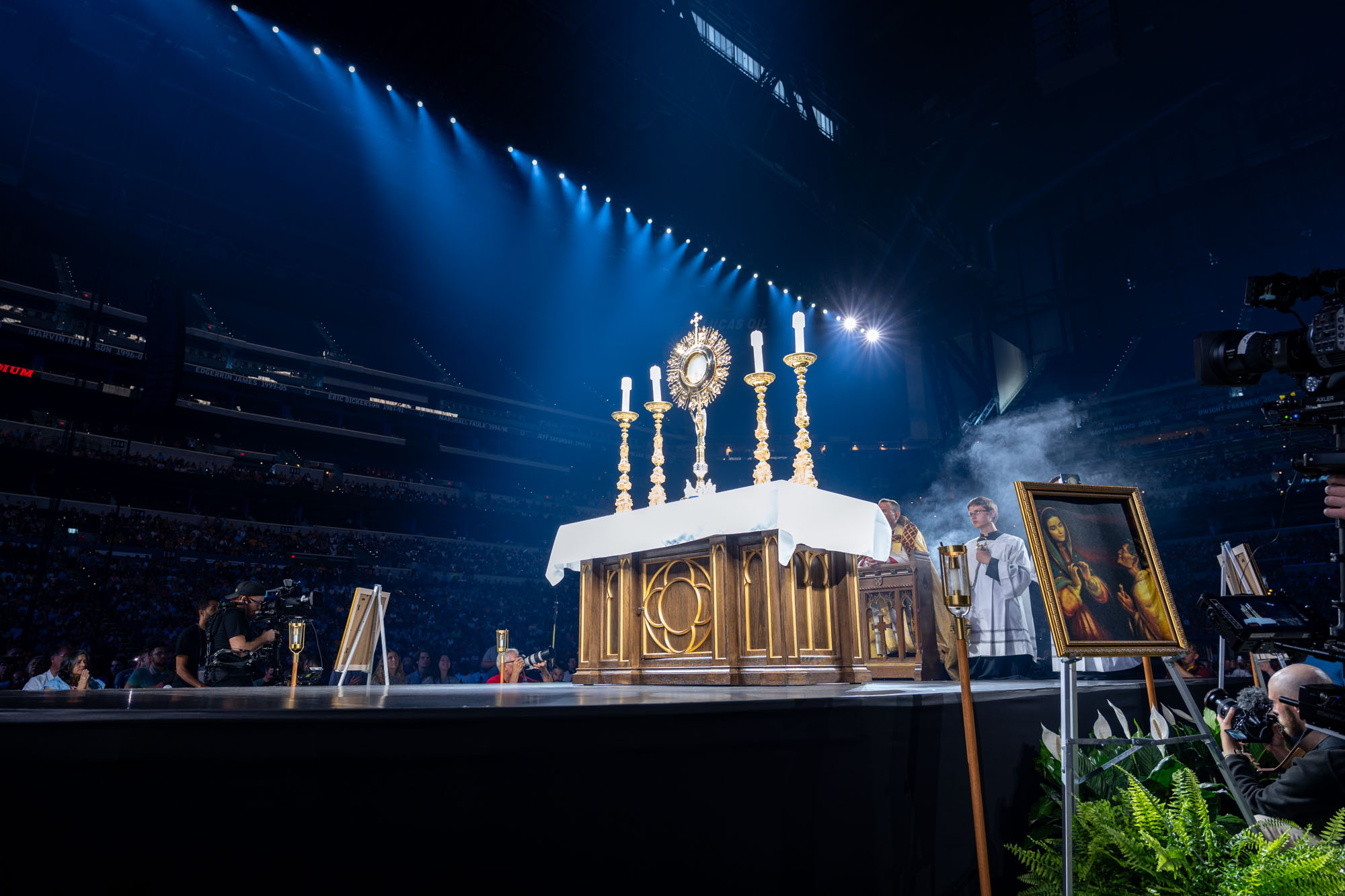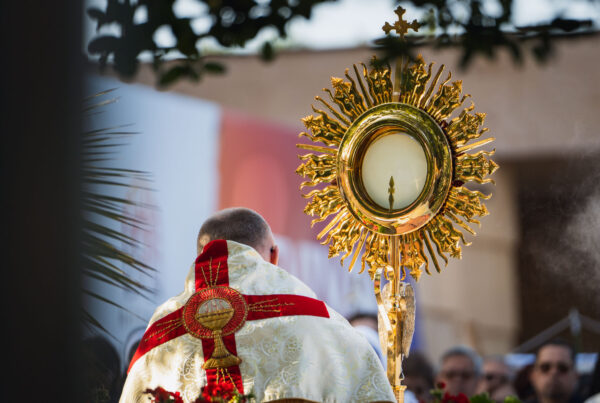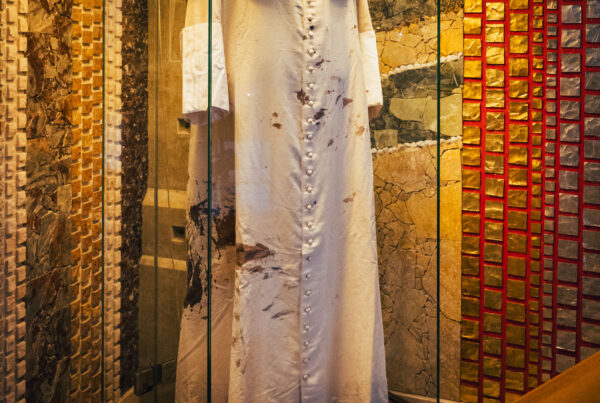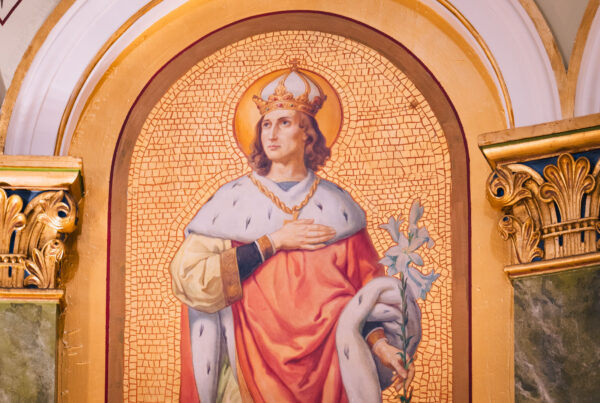Table of Contents
1. Early Life and Conversion
2. Ascending to the Throne
3. Coronation and Christianization of Hungary
4. Legacy and Sainthood
5. St. Stephen of Hungary Church
6. The Holy Right Hand of St. Stephen
7. Feast Day of St. Stephen of Hungary
8. Summary
St. Stephen of Hungary, also known as King Saint Stephen (Hungarian: Szent István király), stands as a towering figure in Hungarian history. He was the last Grand Prince of the Hungarians and the first King of Hungary, reigning from around 1000 or 1001 until his death in 1038.
His reign was pivotal in transforming Hungary from a tribal society into a Christian kingdom, earning him the moniker “Apostle King.”
1. Early Life and Conversion of St. Stephen of Hungary
Stephen was born Vajk around 975 in Esztergom, Hungary. His father, Géza, was the Grand Prince of the Hungarians, and his mother was Sarolt, a devout Christian. Although his parents were baptized, much of the population remained pagan. Stephen was baptized and raised as a Christian, receiving the name Stephen in honor of the first Christian martyr, St. Stephen.
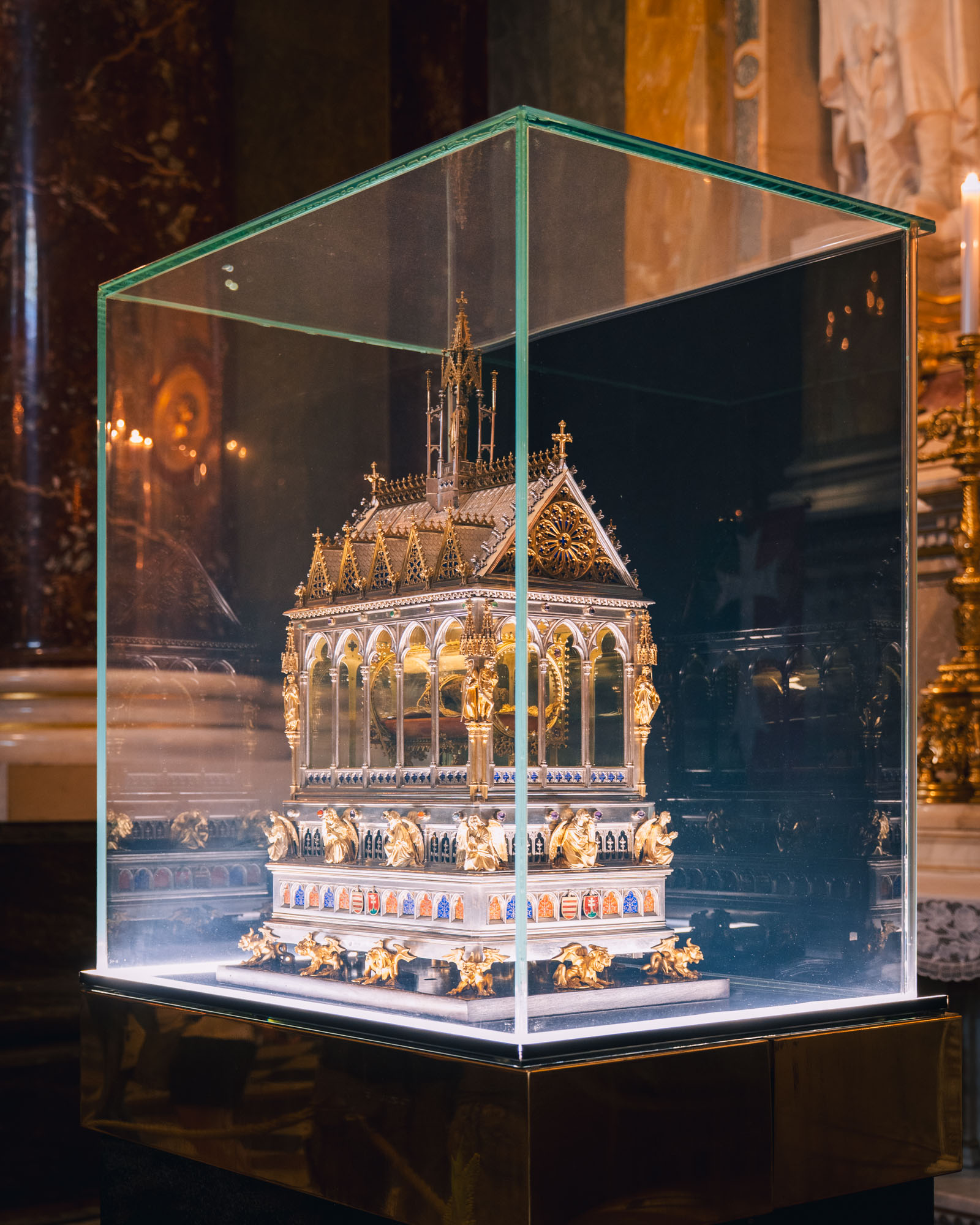 2. Ascending to the Throne
2. Ascending to the Throne
Following his father’s death in 997, Stephen faced a challenge to his claim to the throne from his cousin, Koppány. According to ancient Hungarian traditions, Koppány, being the eldest male in the family, had a stronger claim.
However, Stephen, with the support of the Holy Roman Emperor Otto III, defeated Koppány in battle. This victory solidified Stephen’s position as the leader of the Hungarians.
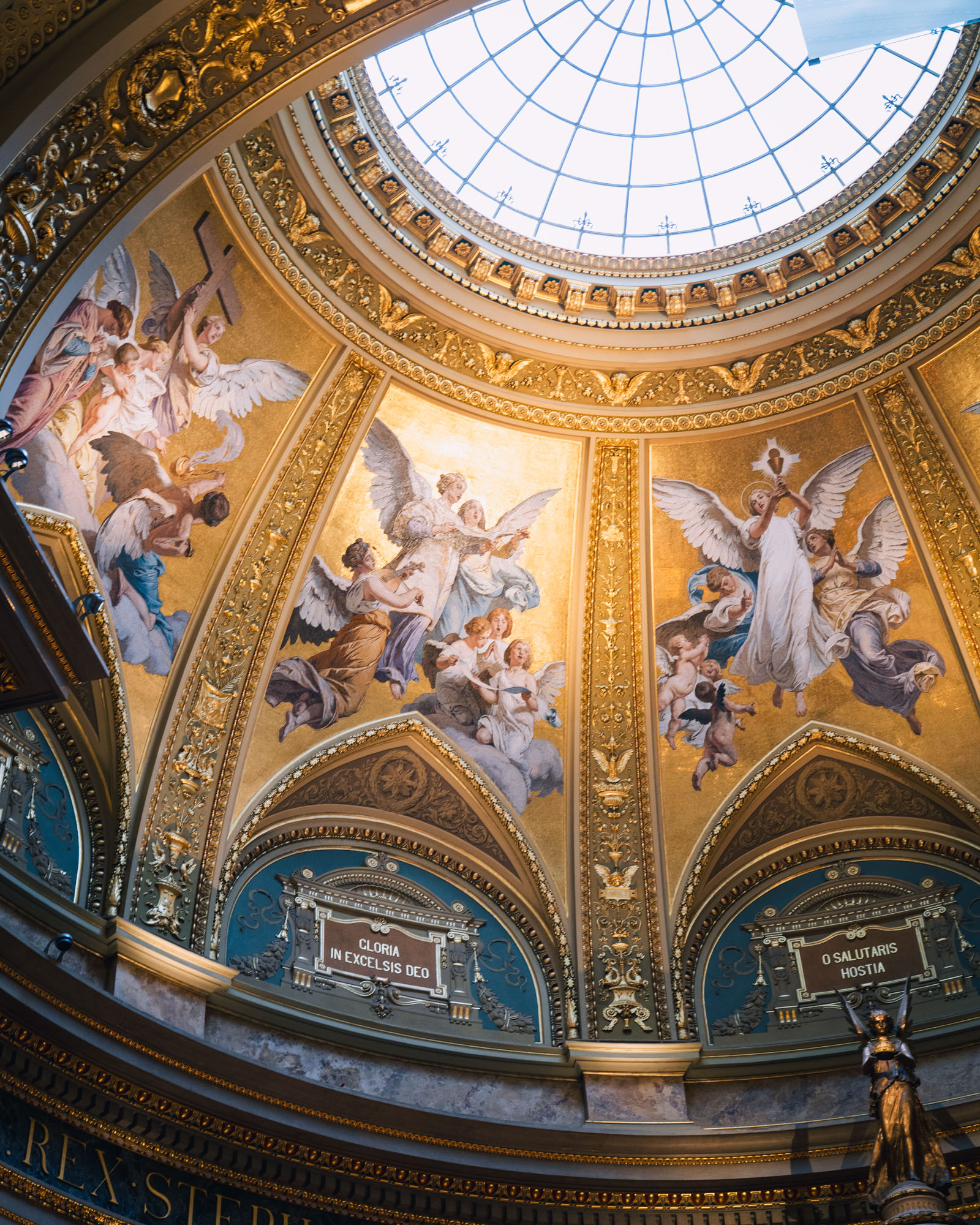 3. Coronation and Christianization of Hungary
3. Coronation and Christianization of Hungary
On Christmas Day in the year 1000 (or 1001), Stephen was crowned King of Hungary. The crown, known as the Holy Crown of Hungary, was a gift from Pope Sylvester II, symbolizing the Pope’s recognition of Hungary as a Christian kingdom. This coronation marked a turning point in Hungarian history, as it officially integrated Hungary into the community of Christian nations in Europe.
Stephen dedicated his reign to consolidating his rule and spreading Christianity throughout his kingdom. He established a well-organized administration, dividing the country into counties and appointing officials to govern them. He also founded bishoprics and monasteries, sending missionaries across the land to convert the pagan population.
Stephen’s efforts to Christianize Hungary were not always met with acceptance. He faced resistance from some pagan nobles who clung to their old beliefs. However, Stephen was determined to achieve his goal, using both peaceful persuasion and, when necessary, force to convert his people.
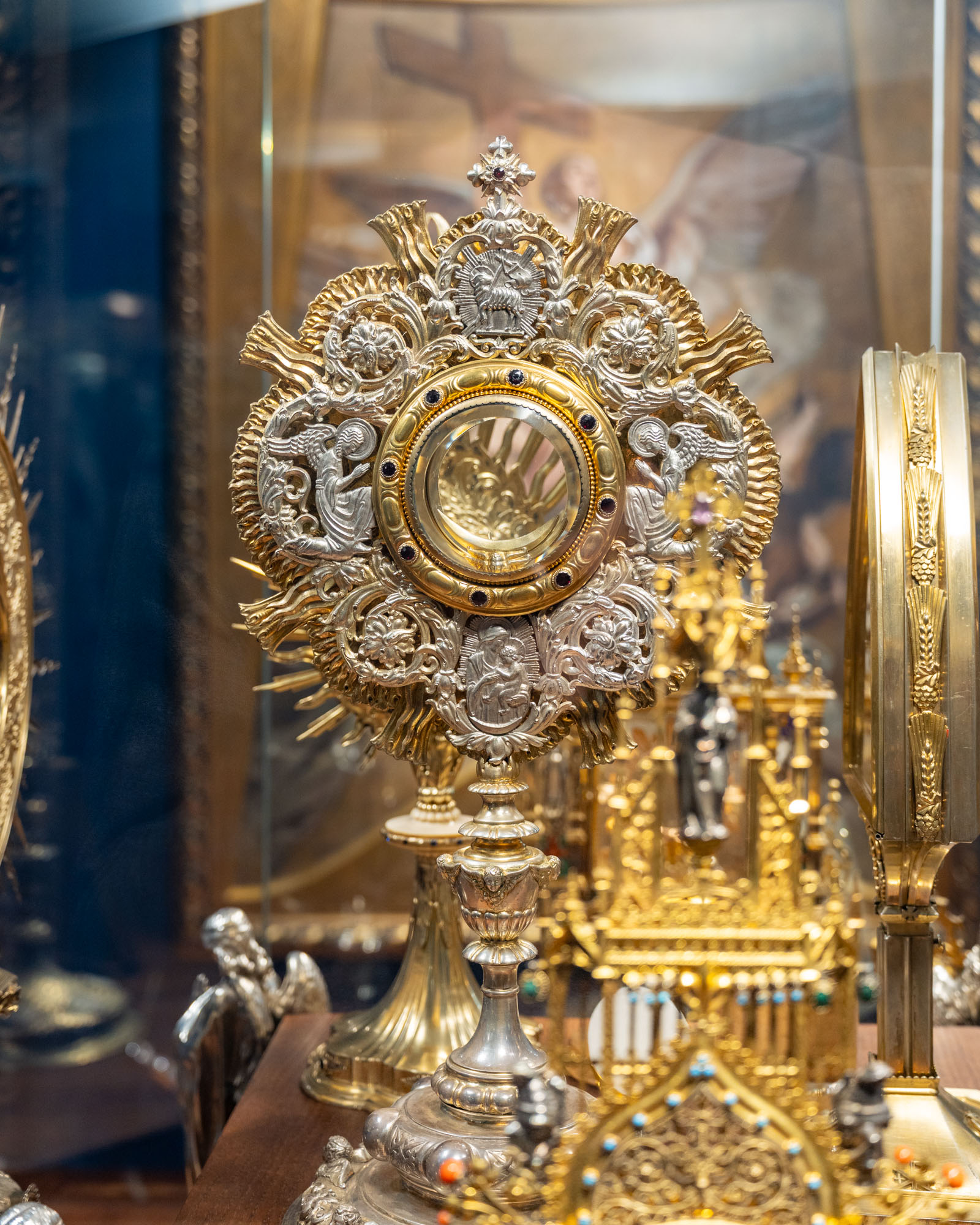
Would you like to stay close to the Holy Eucharist all day long?
Now you can, I have 8 Holy Eucharist Wallpapers for you, so you can stay connected with Jesus Christ anywhere you are!
4. Legacy and Sainthood
Stephen’s reign laid the foundation for the Kingdom of Hungary, which would endure for centuries. He is remembered as a wise and just ruler who brought stability and prosperity to his country. His efforts to Christianize Hungary had a profound impact on Hungarian culture and identity, shaping the nation’s religious and cultural heritage.
Stephen died on August 15, 1038, and was buried in the church at Székesfehérvár. In 1083, he was canonized by Pope Gregory VII, becoming Saint Stephen of Hungary. His feast day is celebrated on August 16.
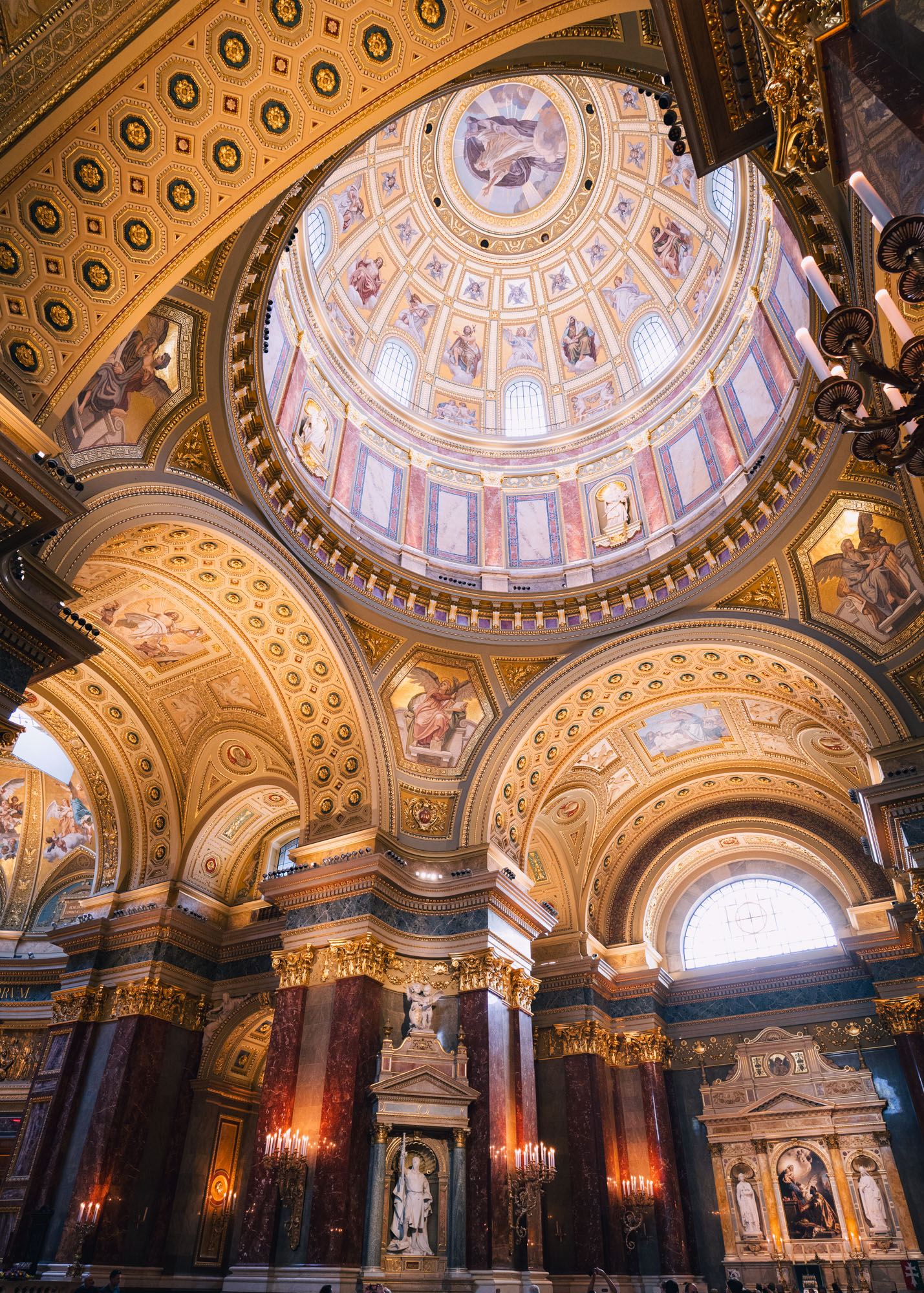 5. St. Stephen of Hungary Church
5. St. Stephen of Hungary Church
Several churches around the world are dedicated to St. Stephen of Hungary. One of the most notable is the St. Stephen’s Basilica in Budapest, Hungary. This impressive neo-classical basilica is one of the largest churches in Hungary and a major landmark in Budapest. It houses the mummified right hand of St. Stephen, a relic that is highly venerated by Hungarian Catholics.
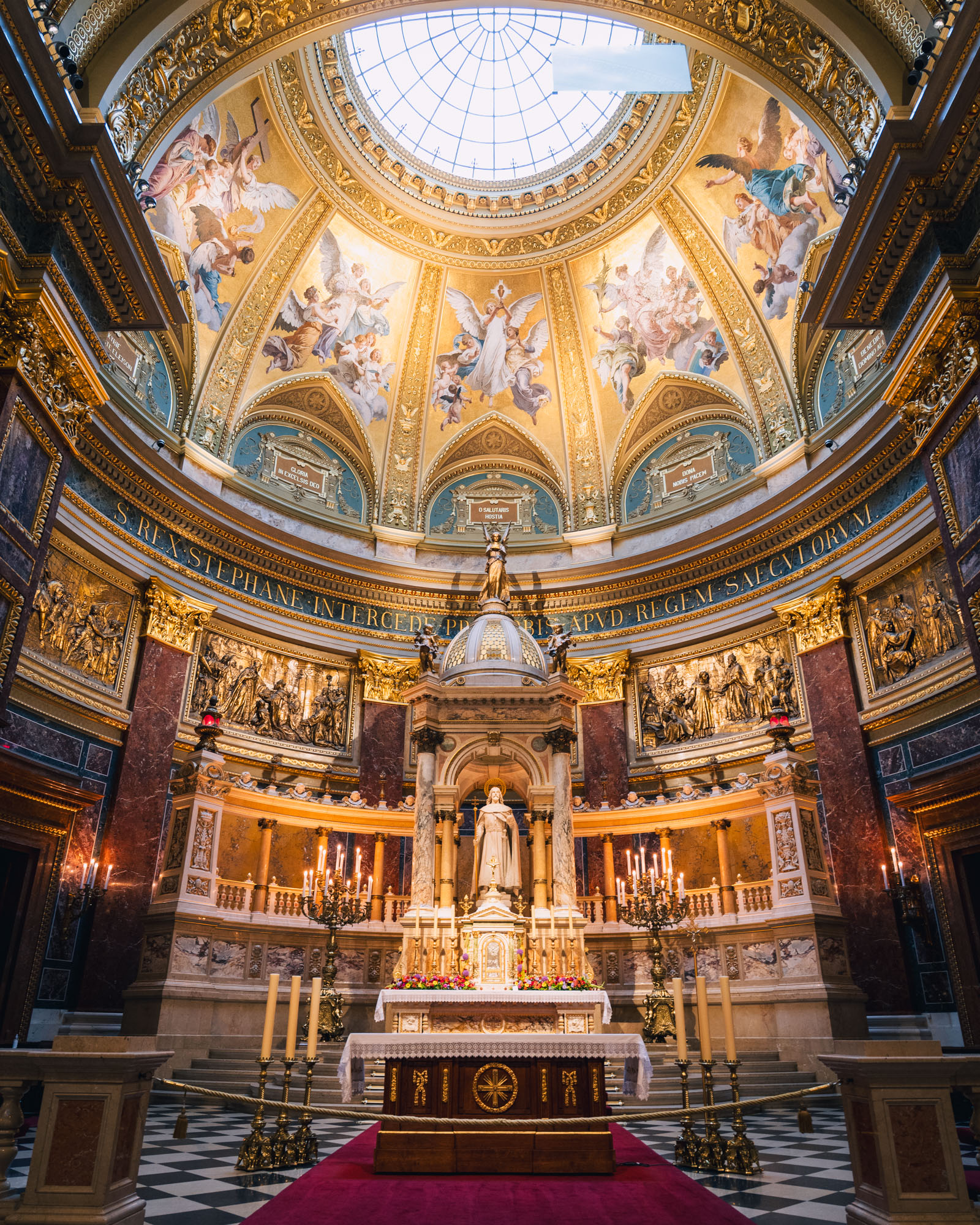 6. The Holy Right Hand of St. Stephen
6. The Holy Right Hand of St. Stephen
The Holy Right Hand of St. Stephen, known in Hungarian as the “Szent Jobb,” is a relic that has been venerated for centuries. According to legend, the hand was miraculously preserved after Stephen’s death. It was kept in various locations throughout history, surviving wars and turmoil. Today, it is enshrined in St. Stephen’s Basilica in Budapest, where it is displayed for pilgrims and visitors to venerate.
The Holy Right Hand is considered a national treasure and a symbol of Hungarian Catholicism. It is believed to possess miraculous powers, and many pilgrims visit the basilica to pray for healing and blessings. The relic is also a reminder of St. Stephen’s legacy and his role in establishing Christianity in Hungary.
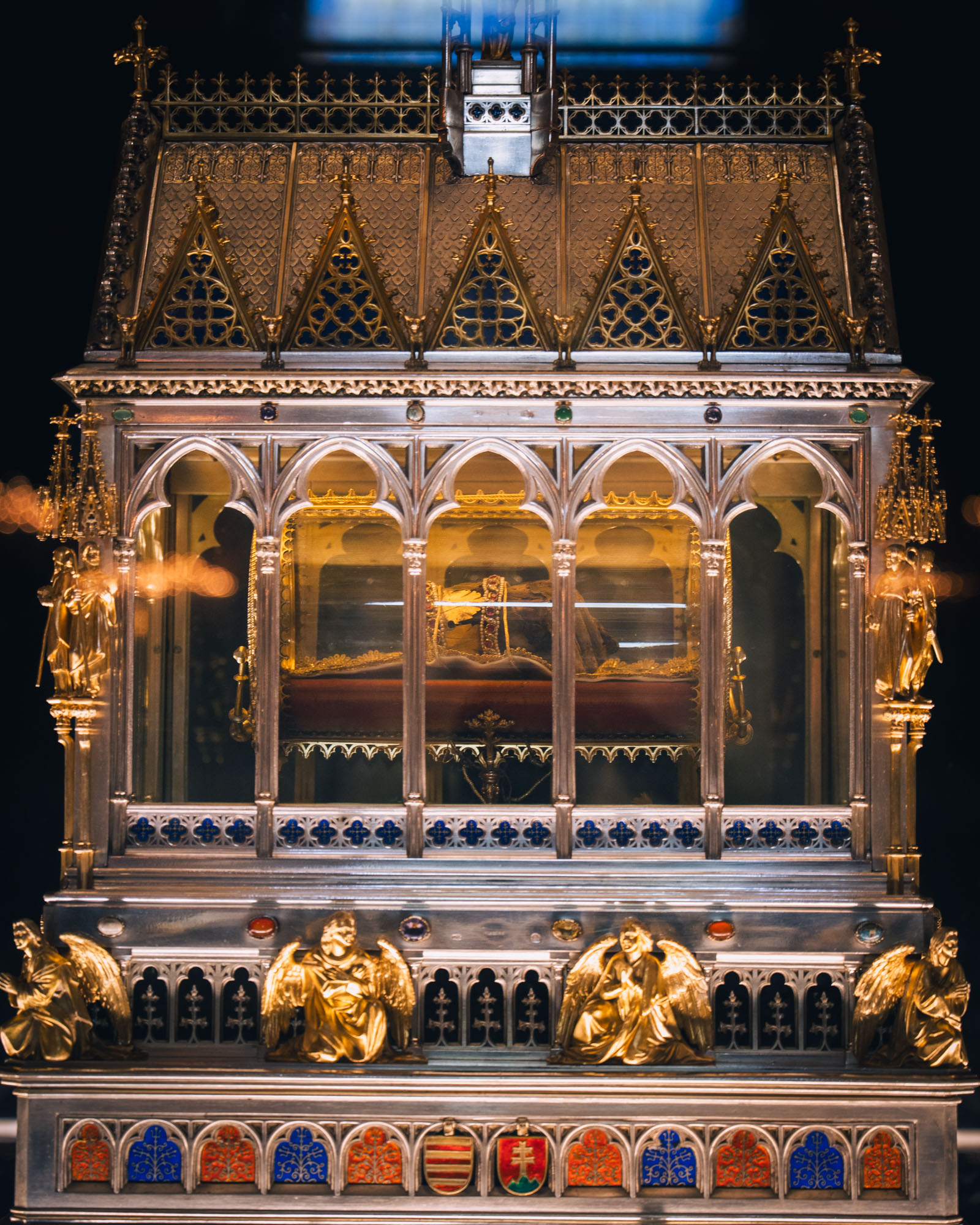 7. Feast Day of St. Stephen of Hungary
7. Feast Day of St. Stephen of Hungary
St. Stephen of Hungary’s feast day is celebrated on August 16th in the Catholic Church.
However, in Hungary, his feast day is observed on August 20th. This date coincides with the day his relics were translated (moved) and is also a public holiday in Hungary known as State Foundation Day, commemorating the establishment of the Hungarian state.
So, while the official liturgical feast day is August 16th, the celebration in Hungary, where he is especially venerated, takes place on August 20th.
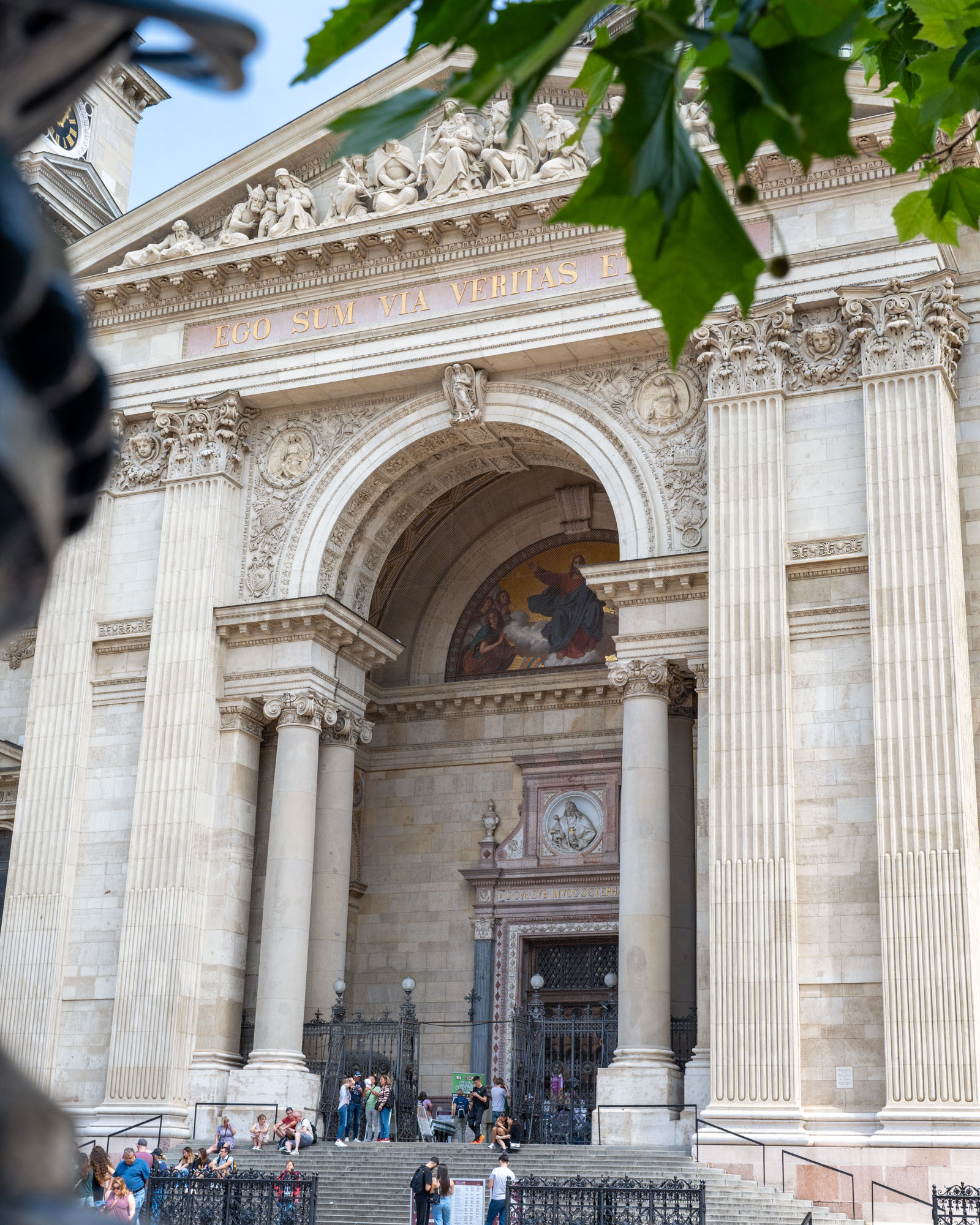 8. Summary
8. Summary
St. Stephen of Hungary was a remarkable figure who left an indelible mark on Hungarian history. He was a skilled ruler, a devout Christian, and a visionary leader who transformed Hungary into a Christian kingdom. His legacy continues to inspire Hungarians today, and he is revered as a national hero and a saint. The churches dedicated to him, such as the St. Stephen’s Basilica in Budapest, stand as testaments to his enduring influence. The Holy Right Hand of St. Stephen, a relic of great significance, serves as a reminder of his life and his contributions to the Christianization of Hungary.
Resources:
Stephen I King of Hungary
Return of the Holy Crown of St. Stephen
Saint Stephen of Hungary
Stephen I of Hungary

